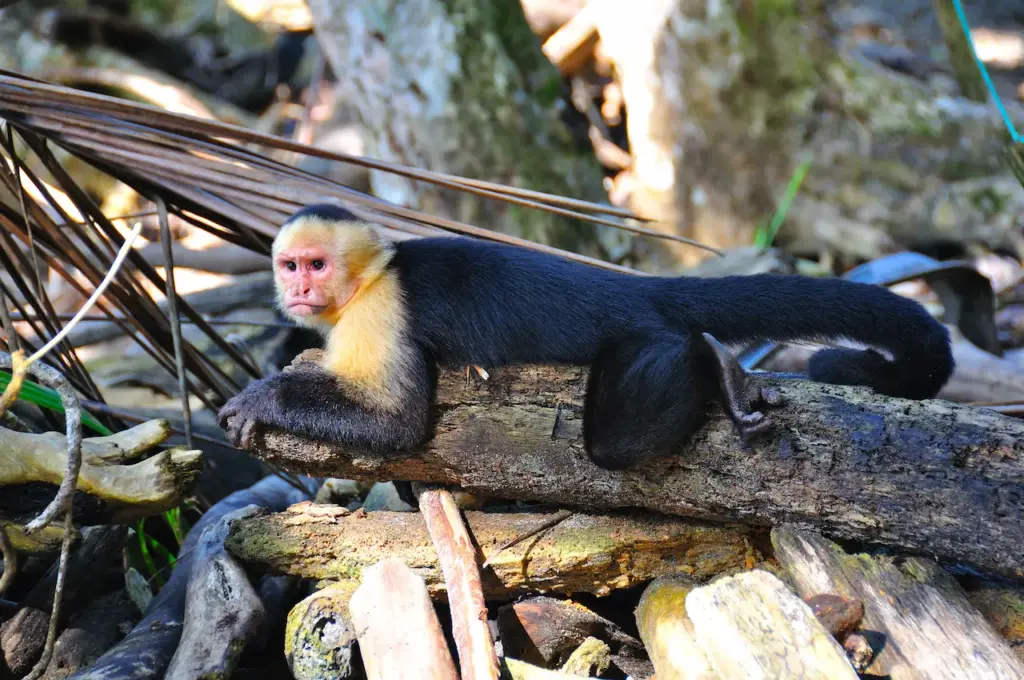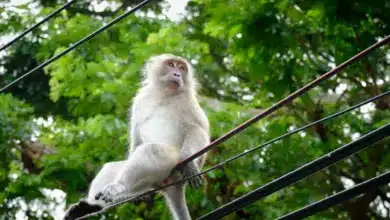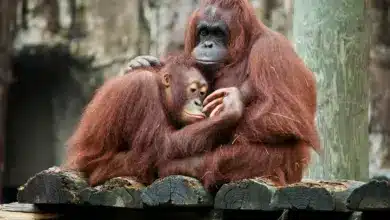Spider Monkeys
Spider Monkeys Get Their Name From The Spidery Length Of Their Limbs—Including That Long, Prehensile Tail
Very few mammals are as superbly adapted to life in the trees as the spider monkey. Spider monkey have long arms and legs for swinging around in the upper canopies of rain forests, which is where they spend almost all of their time. In addition, spider monkeys have long prehensile tails, which means they can wrap them around branches to serve as a fifth limb. The spider monkey almost never descends to the forest floor; when it does, it’s arms nearly drag on the ground, making it clumsy and vulnerable to predators. High in its treetop home, however, the spider monkey is acrobatic and graceful.

The International Union for the Conservation of Nature (IUCN) lists 9 species of spider monkey, which can be found in rain forests from southern Mexico through Brazil. The IUCN lists 3 spider-monkey species as Critically Endangered; 5 species of spider monkey are listed as Endangered, and 1 species is Vulnerable. The two major threats to spider monkeys are habitat loss and hunting by humans—their large size, up to 10.6 kilos, or 24 pounds, for a mature male—make them attractive as a food resource. Spider monkey habitat loss is mainly caused by timber harvesting in the rain forests, as well as the clearing of forests to make way for agriculture.
Spider monkey live in groups of up to three dozen individuals. During the day they comb the forest canopy for fruit. Spider monkey also eat leaves and insects.

According to some scientists, the spider monkey is among the most intelligent of New World—North, South and Central American—monkeys.
Read more about Amazon rainforest monkeys.


